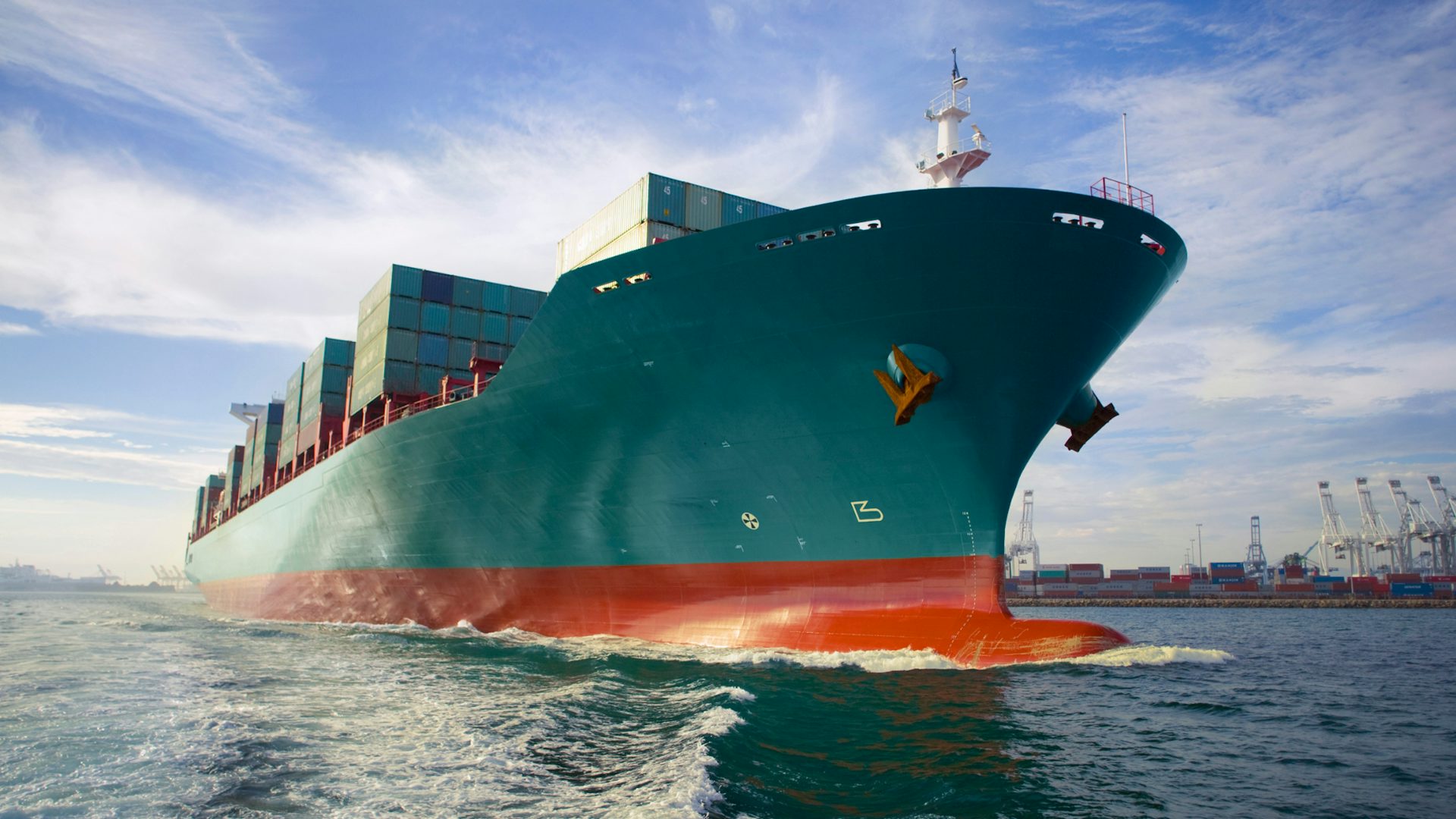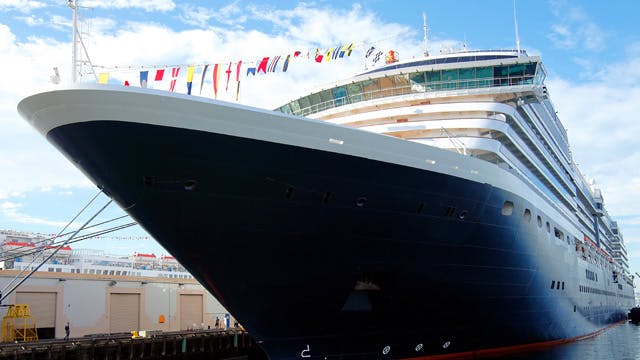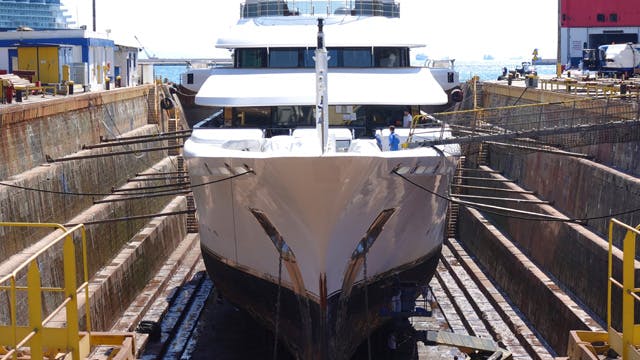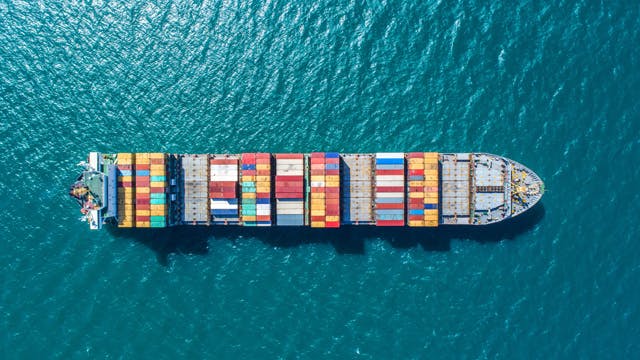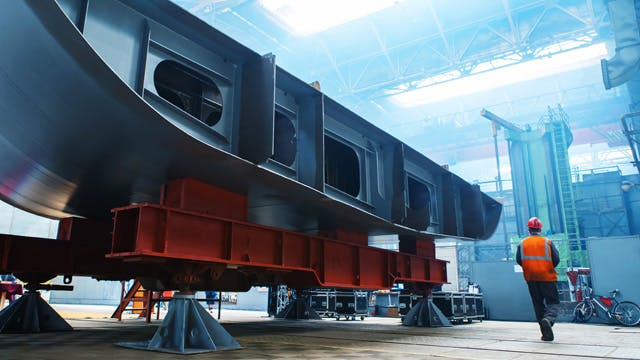Wie halten Sie mit der zunehmenden Komplexität moderner Schiffskonstruktionen Schritt?
Schiffbauer benötigen Konstruktions- und Managementsysteme, die effektiv mit enormen Datenmengen arbeiten und gleichzeitig die Konstruktion ganzer Schiffsklassen ermöglichen. Beseitigen Sie die Barrieren unterschiedlicher Lösungen, um Prozesse und Effizienz mit dem digitalen Zwilling für einen multidisziplinären Softwareansatz für die Schiffsplanung zu verbessern.
Nutzen Sie eine multidisziplinäre End-to-End-Lösung für die Schiffstechnik und -fertigung, um Teams mit einem nahtlosen, integrierten Informationsfluss für kollaboratives und gleichzeitiges Design für alle maritimen Anwendungen zu verbinden.
